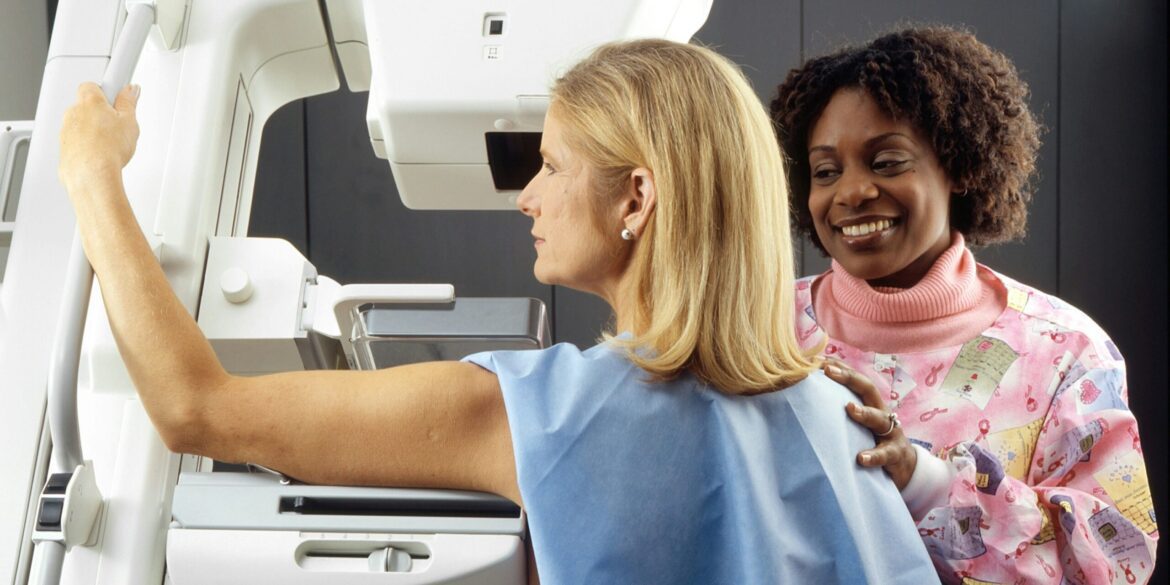On August 8, 2025, the National Institutes of Health (NIH) released its latest News in Health newsletter, highlighting important developments in medical research that could influence both the diagnosis of rare diseases and the prevention of common cancers. The issue centered on two key breakthroughs: a deeper understanding of a newly recognized condition known as VEXAS syndrome, and the growing accessibility of home-based cervical cancer screening kits.
VEXAS syndrome, identified only within the last few years, is a rare but potentially life-threatening inflammatory disease that often emerges suddenly in middle age. The condition is characterized by symptoms such as recurring high fevers, severe skin rashes, and persistent fatigue, all of which can be mistaken for other illnesses. Researchers have traced the syndrome to acquired mutations in the UBA1 gene, a gene located on the X chromosome that plays a crucial role in regulating protein quality within cells. When the UBA1 gene malfunctions, abnormal proteins can accumulate, triggering widespread inflammation throughout the body.
Read Also: https://goodmorningus.com/fda-mandates-label-changes-for-opioid-pain-medications/
Although the disease can occur in both men and women, it appears to affect men more frequently and more severely, largely because they have only one X chromosome. Women, with two X chromosomes, are less likely to develop the full syndrome unless both gene copies are impacted. Current treatment approaches typically involve medications to suppress inflammation, including corticosteroids and certain cancer drugs that target abnormal blood cells. However, these treatments often only control symptoms rather than cure the disease. NIH-supported scientists are now exploring advanced therapies, such as bone marrow transplants, that could potentially address the underlying cause of VEXAS syndrome. Clinical trials are ongoing, and researchers are encouraging individuals with persistent, unexplained inflammatory symptoms to seek evaluation for the condition, particularly if standard treatments have proven ineffective.
Alongside these developments, the NIH also highlighted groundbreaking progress in cervical cancer screening, specifically through the use of home-based testing kits. Traditionally, cervical cancer screening requires an in-person visit for a Pap smear or an HPV test conducted by a healthcare provider. However, many people face barriers to accessing these screenings, whether due to geographic distance from clinics, scheduling difficulties, or lack of transportation. The introduction of home-based HPV testing kits offers a promising solution, allowing individuals to collect samples privately and send them to a lab for analysis.
Recent NIH-supported research has shown that mailing these test kits to individuals who are overdue for screening significantly increases participation rates. In one large study, nearly 41% of recipients completed the at-home test compared to only 17% who were simply reminded by phone to schedule an in-person appointment. When follow-up phone reminders were added after the kits were sent, the participation rate climbed to almost 47%. These results suggest that self-collection methods could become an important tool in closing the gap for underserved populations and ensuring earlier detection of cervical cancer.
Medical experts note that self-collected samples for HPV testing have proven to be nearly as accurate as those collected in a clinical setting. As a result, the National Cancer Institute recently updated its guidelines to recognize self-collected HPV samples as a valid option for primary screening in asymptomatic, average-risk individuals. This shift represents a significant milestone in preventive healthcare, potentially allowing more people to take control of their health without the logistical or emotional barriers sometimes associated with clinic visits.
By drawing attention to these two very different but equally significant advances, the NIH is underscoring its dual mission of improving scientific understanding and translating research into real-world health benefits. The recognition of VEXAS syndrome provides hope for patients who have long suffered from unexplained inflammatory symptoms, while the expansion of home-based cervical cancer screening could save countless lives by enabling earlier detection and treatment.
The August 2025 newsletter serves as a reminder of the importance of continued medical research and the need to make healthcare innovations accessible to all, regardless of location or socioeconomic status. Through a combination of cutting-edge genetic discoveries and practical public health solutions, the NIH continues to shape a future in which more people have the opportunity to live healthier, longer lives.

